Contributor: Jacob Adler
Work and Life is a radio program hosted by Stew Friedman, director of the Wharton Work/Life Integration Project, on Sirius XM’s Channel 111, Business Radio Powered by Wharton. Every Tuesday at 7 pm EST, Stew speaks with everyday people and the world’s leading experts about creating harmony among work, home, community, and the private self (mind, body, and spirit).
Ben Mand is Senior Vice President of Brand Marketing & Innovation at Plum Organics where he’s been instrumental in strengthening Plum’s core mission, developing the brand campaign, and the launch of more than 30 new products, helping to accelerate the brand from the #3 to the #1 organic baby food company. Prior to joining Plum, Ben worked in Marketing and Innovation roles at General Mills and Johnson & Johnson. While at General Mills, Ben made an impact as a change agent, driving improvements in health, sustainability, and social impact while delivering consistent sales and profit growth for well-known brands, including Progresso, Pillsbury, and Yoplait. He spoke with Stew Friedman about Plum Organic’s Parenting Unfiltered program and more.
The following are edited excerpts of their conversation and the full podcast.
Stewart Friedman: Can you give us a brief introduction to the Plum Organics Parenting Unfiltered Campaign?
Ben Mand: I have a nine-year-old and a six-year-old and so Parenting Unfiltered was very near and dear to my own heart as well as for my teams. One of the things that struck us as we thought about our brand and our role as a partner for parents, and as we looked at the marketplace, marketing, and what parents were posting on social media, was that a lot of those picture-perfect moments – and they’re something we all really enjoy and they’re great when the entire family is all facing camera, all smiling – are so rare when they actually happen.
SF: And this is one of the problems of social media; we’re all feeling bad about ourselves because everybody is else projecting the perfection of their lives.
BM: That’s exactly right. You see on social media an image of when you go to the Giants game, or the Phillies game, or whatever it might be, and that is a great moment. Those moments need to be embraced and cherished, of course. Our point was that’s really one percent of what really goes on. Our thought was to share and celebrate the realities of parenting – the good, the bad, the downright smelly, whatever it is – to reveal what’s real and embrace that. Our philosophy is there’s something real and amazing that comes from the other 99 percent as well. You bring up a really important point. You look at those perfect images, whether it be a marketing ad or things that are put on social media by other parents and you think that that is the norm. You see that as the standard and you reflect on the morning you had with your family, or the last week, and that picture perfect moment is such a rare moment. The other times it’s running late out the door and the kids haven’t finished their breakfast. There’s the myriad of things you faced as a family. And what I think is important to recognize, and what I want parents to recognize, is what we see oftentimes in social media is just the one percent of what really happens and we all have our challenges. There’s so much to this parenting thing. If you love your kids and you’re doing the best you can, then chances are you’re doing a great job.
SF: The video, which is fantastic, comes in a couple of different lengths. Where can people see it?
BM: You can see it on ParentingUnfiltered.com, YouTube or on our Facebook page. Those are easy places to see it.
SF: So it’s Plum Organics Parenting Unfiltered. What is snapshot of what this video does?
BM: We spent time thinking of all the different moments that are really real, that cut through the classic, cliché beautiful moments, that are challenges, that we wanted to bring to life. Whether it be pumping at work for a mom, or that evening where you just sat down as a couple and you have a glass of wine and you’re just about to start doing some work and the baby monitor goes off and the baby is crying. You just look at each other and figure out whose turn it is. It’s just bringing to life those moments, which can be challenging.
SF: It brings to life the hard part, which is of course where so much of the sublime pleasure ultimately comes from. Your campaign is really a breakthrough in cutting past the gloss out there that makes so many people feel bad about themselves for failing to have the perfect family life as seen on Facebook. Where did the motivation come for this campaign and what’s the impact been?
BM: The motivation came from two places; business and personal. There are so many brands that have come out in the marketplace and how can we at Plum Organics stand out and be different? There was that functional business aspect of it. As we talked about it as a team, what really pained us, and this is definitely true for me, there’s so much judging that goes on and there’s so much guilt that goes with parenting and we wanted to be able to reveal that and tell parents that they’ve got this and that they shouldn’t feel like such failures. There was a personal element for us as well. We know that we’re not the only ones that feel this way. It was very therapeutic as we developed the campaign to recognize that it was really rewarding for us and helped unlock something inside. We felt there was an opportunity for us to do this with parents across the country as well.
SF: I’d love to hear more about how that unfolded, the dynamics among your team. You said it was therapeutic, can you say more about how “revealing the real” and somehow enhancing your acceptance of the real was useful to your team?
BM: As we were thinking through the different situations, we talked about things that often aren’t talked about in the workplace. You might, with one of your close colleagues, talk about these challenges or funny moments or challenging moments, but rarely in a bigger forum, and we talked about the challenges that comes with it.
SF: How did you do it? How did you make that happen with your colleagues?
BM: I think it comes from a leader standpoint. It had to come from me. I set the tone as to what is acceptable. Whether I recognize it or not, people take their cues from me. I do have a natural bias for being very transparent, so I shared these things and there are times where I’m late for work or I have to leave early, whatever it may be, and I’m very transparent about those situations. As we were discussing those things, I was pretty transparent with some of these challenges. When I talked about the husband and wife on the couch, it hit home hard for me because my wife and I have had those challenging moments where we both are trying to balance careers and being great parents. There are times where we figure out who needs time in front of the computer most. These were very real and raw resonant moments for me.
SF: By talking about the reality of tensions in your own family life and being able to fit all the pieces together, which is always a challenge, and encouraging and modeling that behavior for others, while you’re developing the campaign to display this, what are the kinds of things that other people shared that helped you to create the video? I’m also really interested to know how that changed how you worked together?
BM: I’ll start with how the elements came together for the video. As I think about, and this is not something I’ve personally had to deal with, but certainly pumping at work and how you store that even when you travel, I know my wife goes through it, that one was a no-brainer to be in the video because it was a real pain point. It is that very visceral challenge of on some level you need to be there for your little one and you want to be there for your little one, but you’re using this device and where do you do it. There were stories of being in the bathroom or various locations, there’s not always a great location to do it. If you’re traveling, how you store it and all those challenges. Those were some real moments for the team. Honestly, for me and for the team, our ability to talk about it really stems from the type of organization that we are. Our philosophy is to bring your own self to work. It actually has to start with universally being a real culture and having real conversations. When you have that as your foundation, it’s easier to be candid about the challenges of parenting.
For me, when I first started at this organization, this was the company I wanted to work for. One of the challenges of moving to the Bay Area is that it’s incredibly expensive and it’s tough to break into this market. We had two kids and one car. I rode my bike to work or took a bus or ran, which is kind of funny. I could use that run right now, as I do not work out nearly as much. I had to leave everyday by about 5:30 so I could catch a bus to get home so I could get the kids from the aftercare program, which closed right at 6, and usually I would have a couple minutes to spare. When we’re a small startup and we’re struggling to get by, I did often have these feelings that I was coming across as somehow letting the organization down or that they didn’t feel that I understood how much we had to do as an organization to survive.
SF: Was that in your head, or was that real for other people?
BM: It was in my head. I had a number of people, who after a while, pulled me aside and thanked me for doing that because they were struggling with the same things. For me, it was that I had to out of necessity. I had to pick up the kids and there were no two ways about it. It was good that it was forced that way. As a parent, I always struggle with being a great dad and doing a great job for my company and for my team. Those people were somewhat surprised that I would walk out the door at 5:30. One colleague told me that she had written and email but she would set it so that the email would not go out until 10:30 at night to signal she was burning the midnight oil, which never dawned on me. That’s the wrong behavior because it perpetuates what others feel that they have to then do. This campaign and how we’ve approached it has let us get real. Frankly, for some folks, they would say as you strive to have that integration and balance, how do you get things done? I would argue what it does is it takes the stress and guilt and it doesn’t take them completely away, but it certainly minimizes and reduces that. I think the performance is just as good, if not even stronger, because we’re honest about it and have provisions and flexibility so that parents can attend to the things that they need to and want to outside of work. When they’re able to do that, everyone is so much more committed. I’m far more productive and I feel the team is far more productive when they can be their whole self at work and know that they did the things they needed to do. This morning, I was in my daughter’s class and I worked on reading with her class. It was something I did before work, so I got to work 20 minutes late.
SF: How did that help your performance at work? Why would the people at Plum Organics be happy to know that you were doing that?
BM: One, I make every minute matter during the day and I find I’m much more productive. Two, I find ways to do the things I need to do and I’m also more selective in just making sure I’m present or participating in the things I need to participate in.
SF: You’re more focused and conscious of your real priorities, and of course, that helps everybody around you and it probably helps them to do the same.
BM: I think it does. I do see a change in behavior. I think it’s something you have to continually remind folks of, you have to be that positive role model as you much as you can, but I do see things change as an organization. I care about the long run, so I don’t want people to burn out. I want people to have the right kind of balance, and it’s different for each person. For some folks, if they have a longer commute then they’re working from home more days. For other folks, they want to come in super early and leave early. That’s fine. I find with each person it’s important to understand their situation and what means what to them, and find a solution that works for them and the organization.
SF: This is the work we’ve been doing at Wharton for 25 years, is to help people learn through our research, teaching, and practice, how to pursue what we call four-way wins. That is action that you can take that benefits your work, home, community, and yourself personally. One of the core ideas is that everybody’s different and everybody requires a different customized solution but everybody is also thinking about what they can do to make adjustments that are going to work for them personally for their families but also us as an organization. When you take that approach and you try to make it reality in your organization, you get exactly what you’ve been describing with your wonderful and really exemplary role model. You get enhanced commitment, you get prioritization, and people feel good about themselves at work. They’re more confident, they’re more able to innovate. Congratulations on making that a reality and it’s so wonderful how you’ve woven that into this remarkable campaign. I wonder what sort of impact you’ve had on the marketplace in terms of your brand with the Unfiltered Campaign. What feedback and reaction have you gotten?
BM: It’s been overwhelmingly positive. A number of organizations that hold awards have awarded us with best social, best video campaign of the year. That’s because it’s so resonant; it actually addresses something that’s very real for parents. That certainly has been positive. For me, I found it really rewarding looking through the comments and reading what people are saying, it really is positive that they see themselves in this and they recognize that this is what parenting is. It’s endearing to see couples sharing it back and forth. Knowing that at the end of the day, we’re partners and advocates for parents and our job is to make each step better and easier for them. We do that from a product standpoint, but certainly we want to do that from a soul, mind, and body standpoint. So if we can take some of that judgment away and help them understand they’re in the same boat as all the rest of us, then we’re successful.
SF: It’s such a powerful idea and it’s incredibly well-executed to make people feel less guilty for not being the perfect parent, and making normal the messiness. It’s a wonderful public service and it seems like such a natural and brilliant way to convey what you brand is about. I congratulate you and have great admiration for what you’ve done with this campaign. What’s next for Plum Organics? How are you going to build on this?
BM: We feel it’s an ongoing conversation. We started this journey a year ago and we’ve done a number of different things, and we’re going to continue the conversation. There are a number of smaller moments, conversations — Mother’s Day, Father’s Day – we have some great ways to break through with parents and continue this notion of Parenting Unfiltered to bigger moment that we think will come later in the year.
About the Author
Jacob Adler, W’18, is a sophomore at Wharton and a contributor at The Daily Pennsylvanian, numberFire, and Fake Teams.
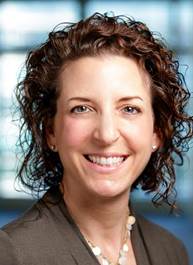 We make medicines to treat some of the world’s most challenging diseases. This includes discovering, developing, manufacturing medicines. This year, we’re celebrating our 40th anniversary. One of our secrets to the success of being a Best Place to Work for is our culture. That is the secret sauce. We’ve been dedicated to creating a connected, inspiring culture for the 14,000 employees who come to work everyday and deliver on that mission to help people who suffer from serious diseases. We’ve been pushing scientific boundaries for almost 40 years, and given this, we’re also aware that success as an organization is tied directly to engagement and resilience of our employees.
We make medicines to treat some of the world’s most challenging diseases. This includes discovering, developing, manufacturing medicines. This year, we’re celebrating our 40th anniversary. One of our secrets to the success of being a Best Place to Work for is our culture. That is the secret sauce. We’ve been dedicated to creating a connected, inspiring culture for the 14,000 employees who come to work everyday and deliver on that mission to help people who suffer from serious diseases. We’ve been pushing scientific boundaries for almost 40 years, and given this, we’re also aware that success as an organization is tied directly to engagement and resilience of our employees.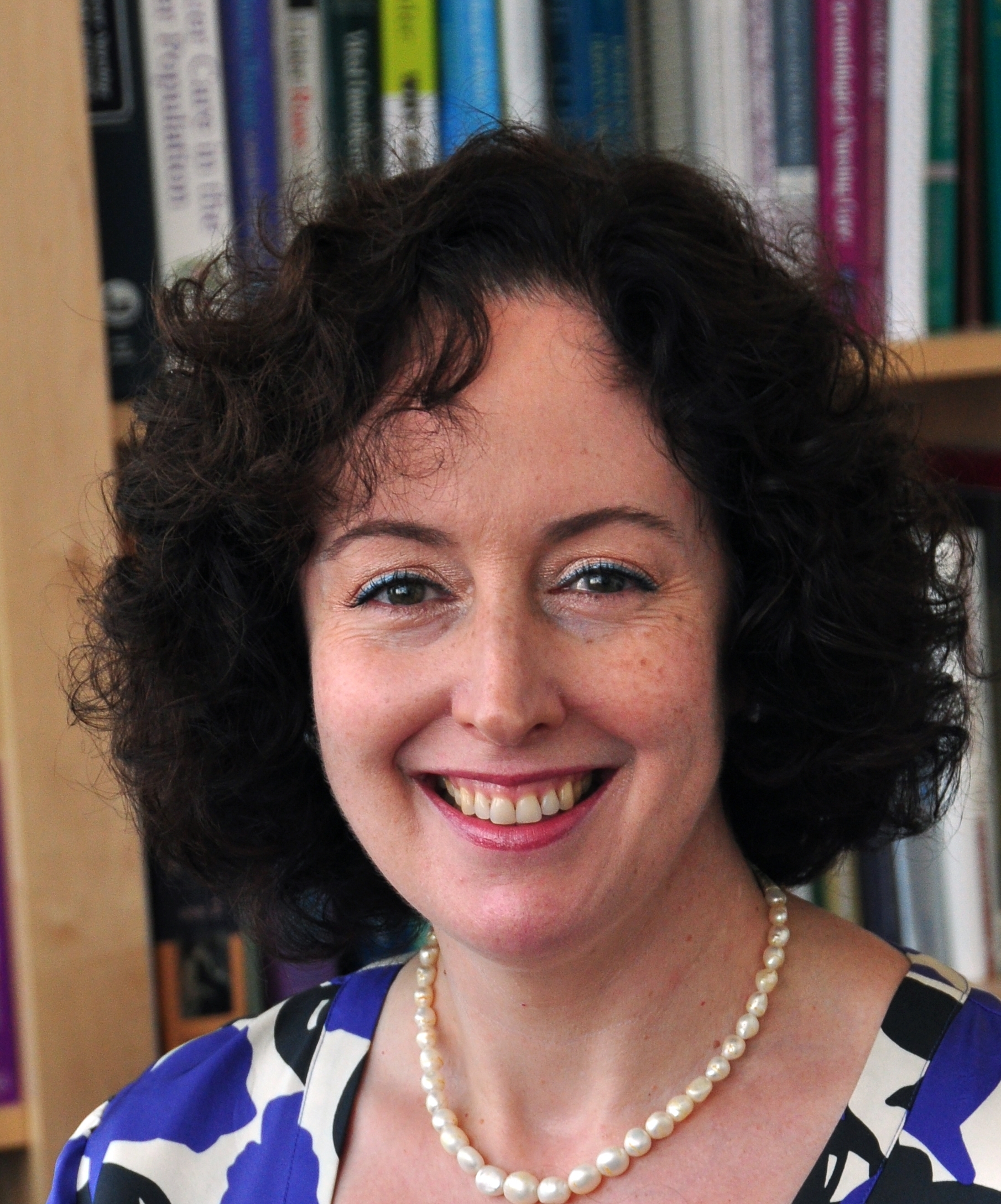 I almost could not hold myself back when you asked listeners, “Are you aging?” One of things I always like to start with is we’ve got to remember that aging isn’t an us/them thing, we’re all aging – biologically, psychologically, and socially – from the time we’re born. We call it development when we’re babies, but that’s an aging process.
I almost could not hold myself back when you asked listeners, “Are you aging?” One of things I always like to start with is we’ve got to remember that aging isn’t an us/them thing, we’re all aging – biologically, psychologically, and socially – from the time we’re born. We call it development when we’re babies, but that’s an aging process.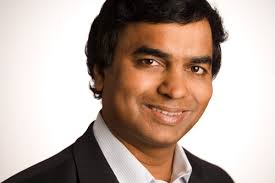 It is a long story, but the short version is just the hunger and thirst to see much of the world and experience the fullest of life on the planet. One of the paths that many people choose, especially from that part of the world [India], is through education and professional life. Starting from a modest family background, the search for education, business school, engineering school, and then professional expansion of career, eventually directing my sights at coming to the U.S. and to graduate school here and working in Silicon Valley, is what led to that journey and why I had Hong Kong as an in-between stop. I would say that was really the end goal in picking what I thought would be a great life experience both in terms of educational and professional growth and eventually working in the Silicon Valley ecosystem. I knew early on that the field of technology was where I wanted to pursue my career.
It is a long story, but the short version is just the hunger and thirst to see much of the world and experience the fullest of life on the planet. One of the paths that many people choose, especially from that part of the world [India], is through education and professional life. Starting from a modest family background, the search for education, business school, engineering school, and then professional expansion of career, eventually directing my sights at coming to the U.S. and to graduate school here and working in Silicon Valley, is what led to that journey and why I had Hong Kong as an in-between stop. I would say that was really the end goal in picking what I thought would be a great life experience both in terms of educational and professional growth and eventually working in the Silicon Valley ecosystem. I knew early on that the field of technology was where I wanted to pursue my career.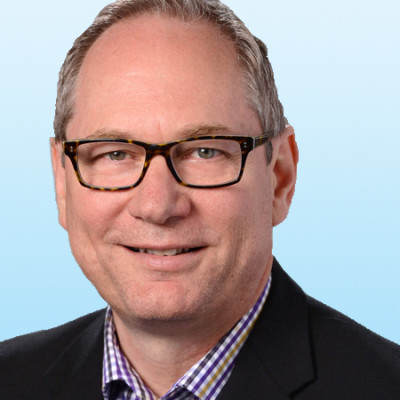 Colliers is one of the largest global real estate services firms. We have about 16,000 people in 500 offices in 67 countries. And we help our clients with all of their real estate needs. My team and I help clients design work places, and programs to make people productive, and make their companies competitive. We’re not a design firm, like an architecture or interior designer, rather, we help companies isolate their business objectives and their cultural goals and then, through good workplace design and programs to support those goals, clients can be more productive.
Colliers is one of the largest global real estate services firms. We have about 16,000 people in 500 offices in 67 countries. And we help our clients with all of their real estate needs. My team and I help clients design work places, and programs to make people productive, and make their companies competitive. We’re not a design firm, like an architecture or interior designer, rather, we help companies isolate their business objectives and their cultural goals and then, through good workplace design and programs to support those goals, clients can be more productive.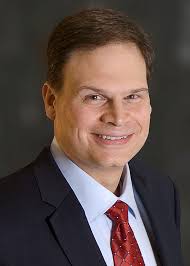 We’re one of the world’s leading lodging companies with over 4,300 properties in 81 countries and territories under 19 brands – everything from our namesake Marriott and JW Marriott hotels to luxury brands, like Ritz Carlton. The company was founded by the parents of our current executive chairman, Bill Marriott in 1927.
We’re one of the world’s leading lodging companies with over 4,300 properties in 81 countries and territories under 19 brands – everything from our namesake Marriott and JW Marriott hotels to luxury brands, like Ritz Carlton. The company was founded by the parents of our current executive chairman, Bill Marriott in 1927.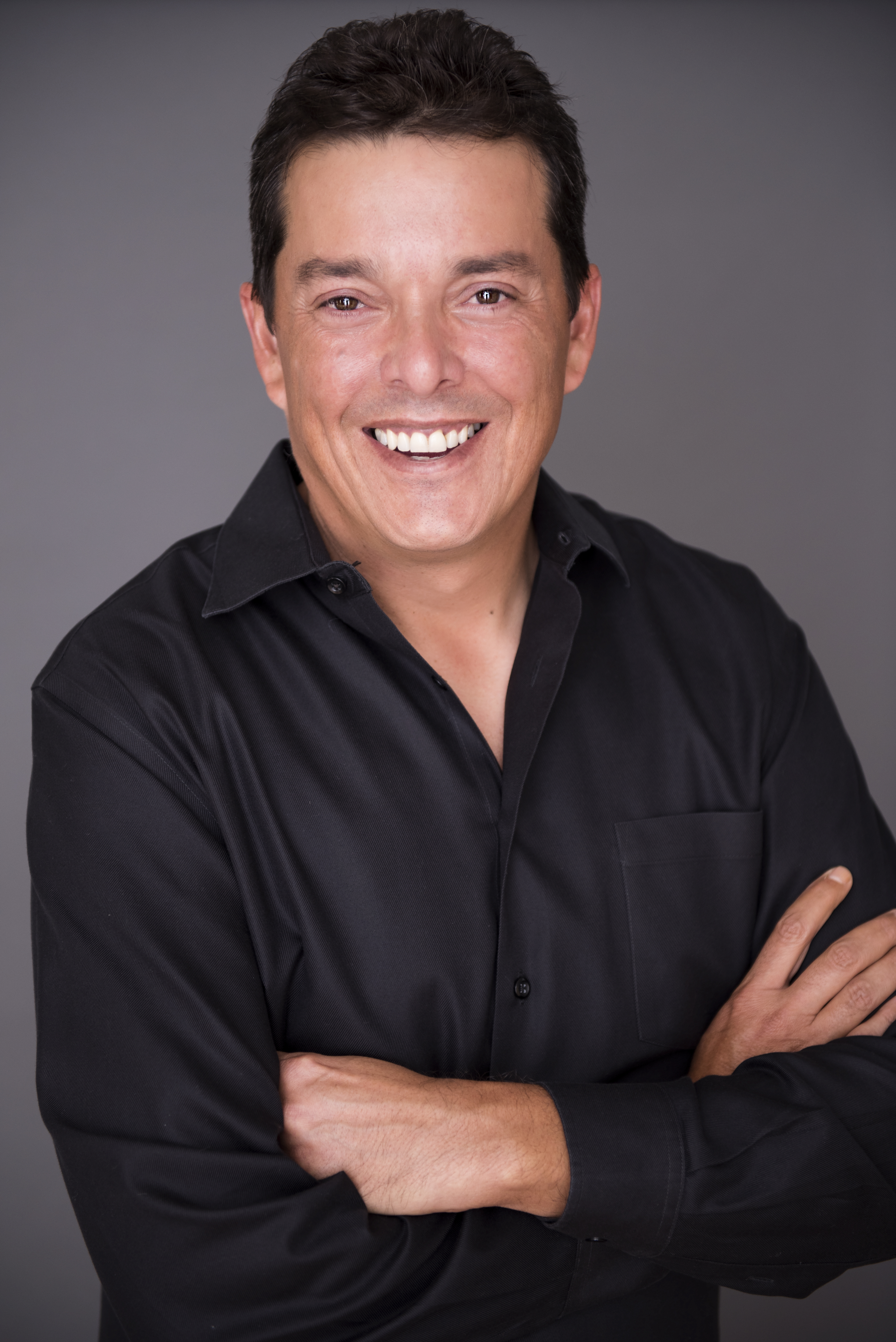 You can take this all the way back to college, or even high school, where kids have the pressures of school and use drugs like Adderall to stay awake for three days before an exam, for example. As they get older and go into the work force, they know that they have these “tools” to help them stay awake and be more productive.
You can take this all the way back to college, or even high school, where kids have the pressures of school and use drugs like Adderall to stay awake for three days before an exam, for example. As they get older and go into the work force, they know that they have these “tools” to help them stay awake and be more productive.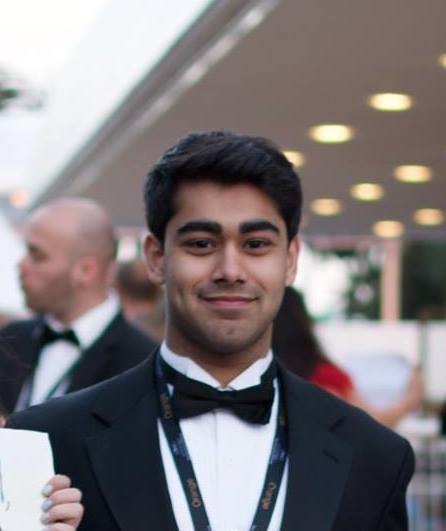 is an undergraduate senior majoring in Biological Basis of Behavior and minoring in Cinema Studies
is an undergraduate senior majoring in Biological Basis of Behavior and minoring in Cinema Studies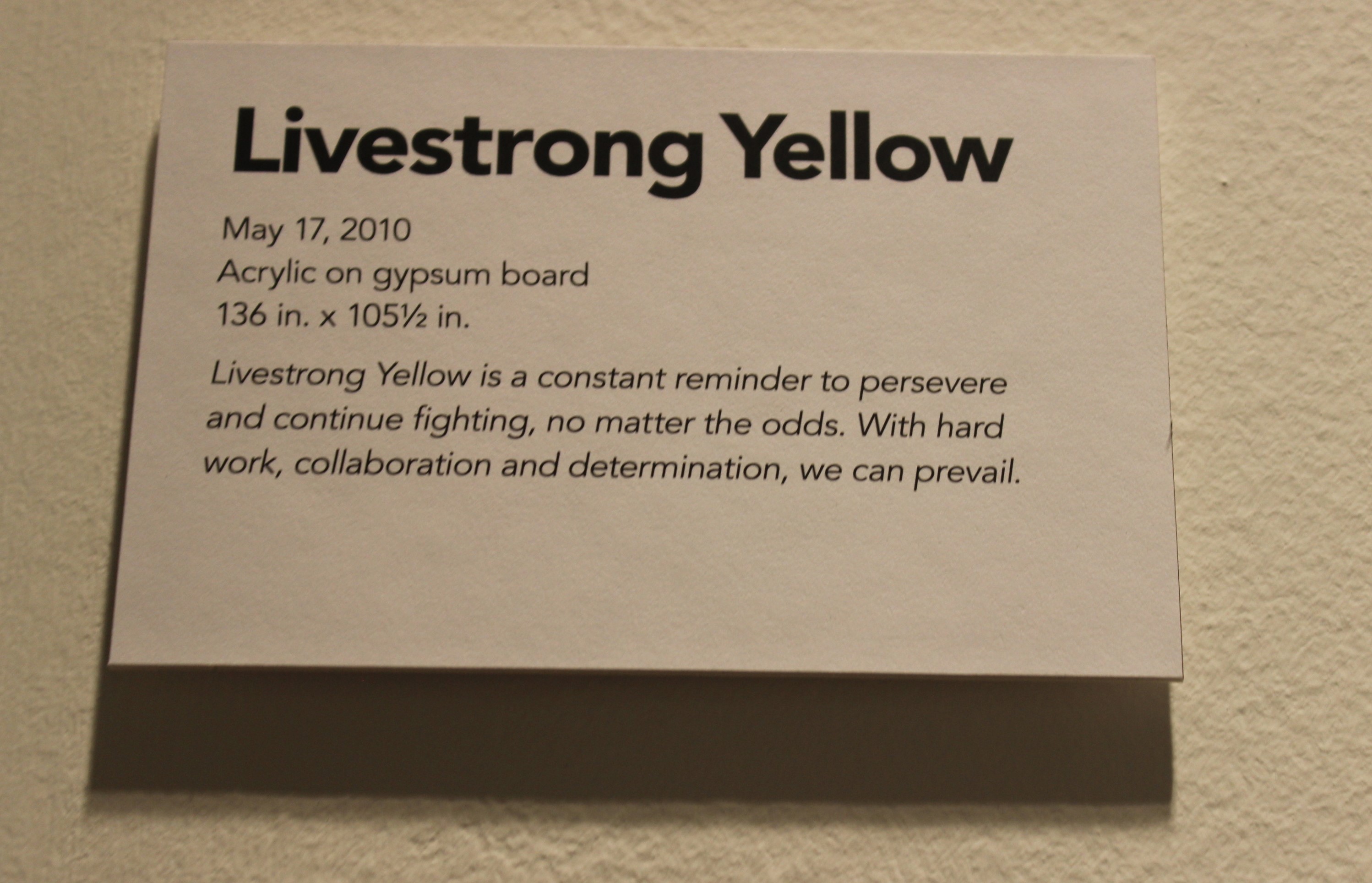
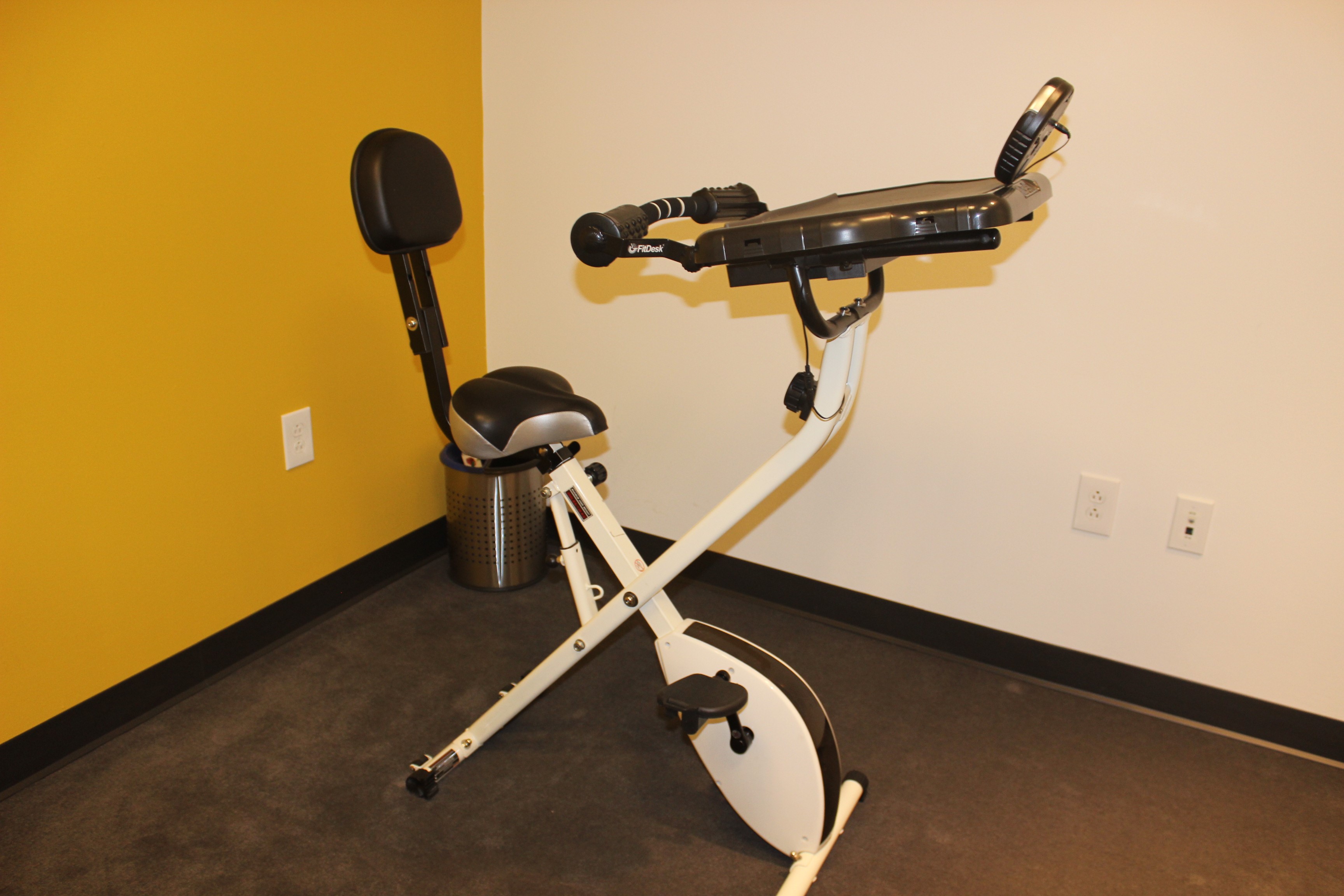
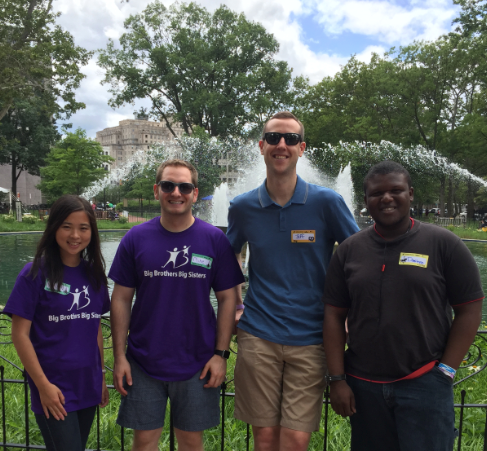
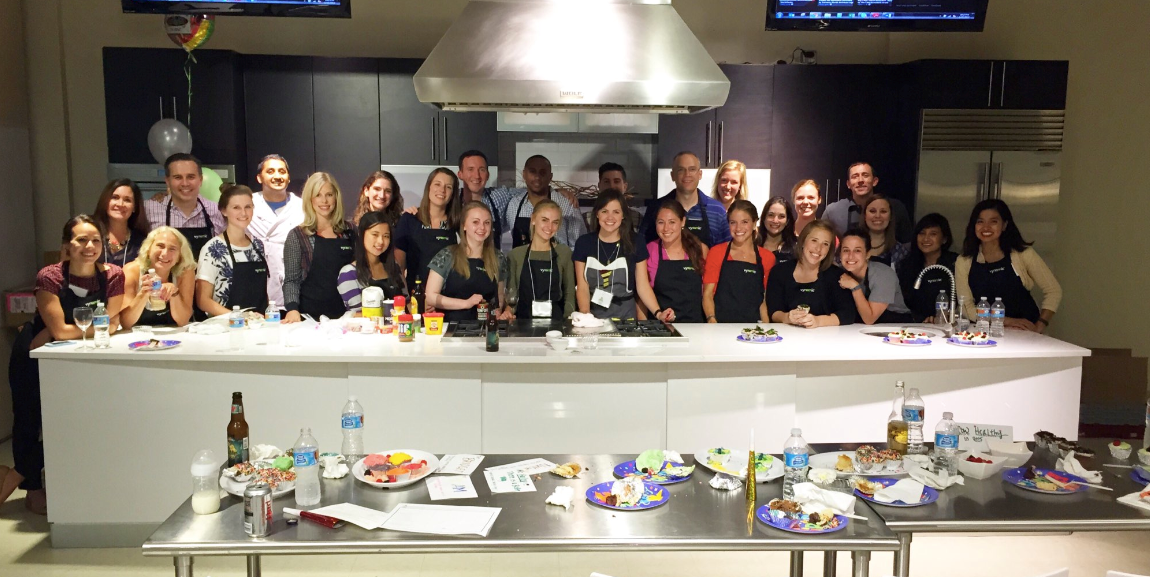

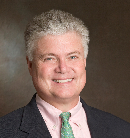 I often ask, ‘do you have true ADD or a severe case of modern life?’ Five to ten percent of the population has true ADD or ADHD. I would say 75 to 80% have a severe case of modern life or what I call, attention deficit trait, ADT. That’s not an inborn condition. If you have true ADD, you are born with it. ADT is induced by modern life – the busyness of modern life. In many ways, the great thing of modern life is you can do so much. But the curse of modern life is you can do so much.
I often ask, ‘do you have true ADD or a severe case of modern life?’ Five to ten percent of the population has true ADD or ADHD. I would say 75 to 80% have a severe case of modern life or what I call, attention deficit trait, ADT. That’s not an inborn condition. If you have true ADD, you are born with it. ADT is induced by modern life – the busyness of modern life. In many ways, the great thing of modern life is you can do so much. But the curse of modern life is you can do so much.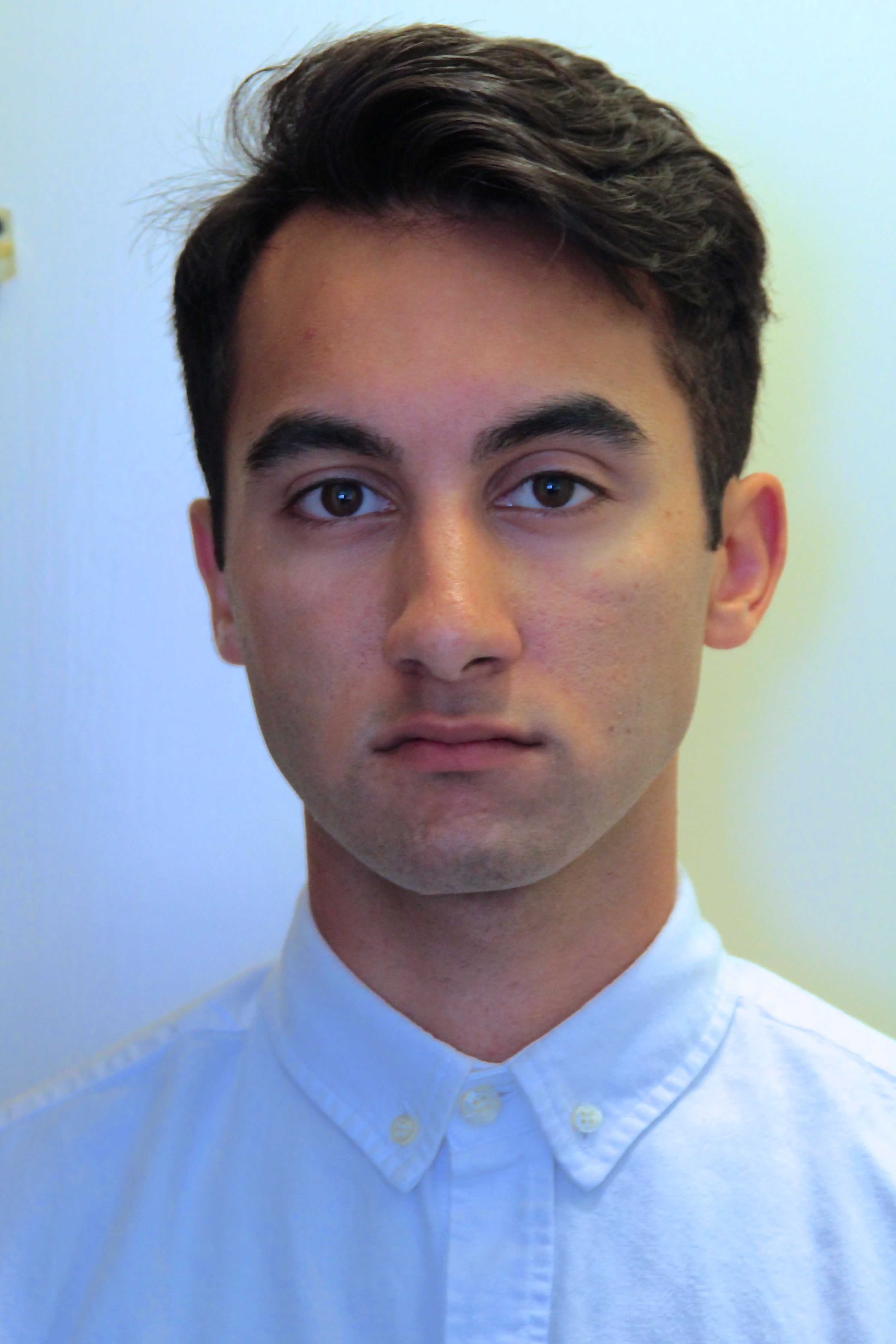 Singh is an undergraduate junior at the Wharton School.
Singh is an undergraduate junior at the Wharton School.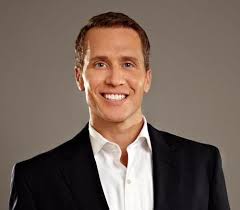 I got a phone call from friend in trouble. Zach Walker was a tough kid from a Northern California logging family. Went through B.U.D.S. (Basic Underwater Demolition SEAL training) together. He graduated and went to Afghanistan on a combat deployment. He came back and became an entrepreneur. He was a good father to his two young kids, then his life was just hammered by hardship: his brother died, he lost his business, and one day he pulled his truck into his driveway, got out and dropped to the ground because he thought there was a sniper watching him.
I got a phone call from friend in trouble. Zach Walker was a tough kid from a Northern California logging family. Went through B.U.D.S. (Basic Underwater Demolition SEAL training) together. He graduated and went to Afghanistan on a combat deployment. He came back and became an entrepreneur. He was a good father to his two young kids, then his life was just hammered by hardship: his brother died, he lost his business, and one day he pulled his truck into his driveway, got out and dropped to the ground because he thought there was a sniper watching him.